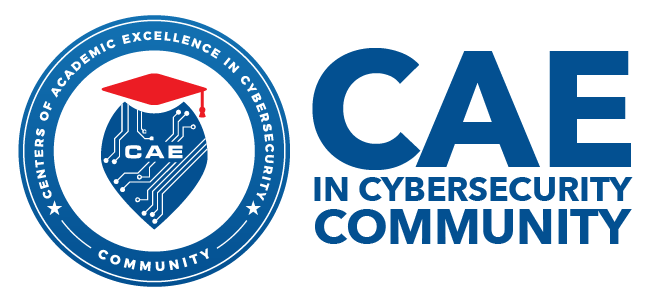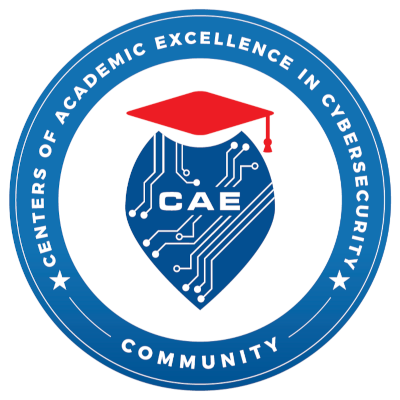Secure Flash - Lattice of Trust
Secure boot is reliant on the Chain of Trust to guarantee the security of an individual device. Chain of trust refers to the transfer of trust such that the transfer of execution in a device from one component to another does not alter the quality of trust. The transfer of execution in a cyber-enabled structure is one of the most important decision points where the state of trust is altered. In this project, we identify the constructs of secure flash (programming of a device) to maintain trust within the secure boot for subsequent bootups.

